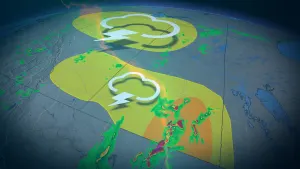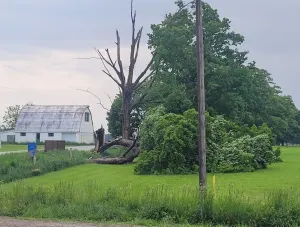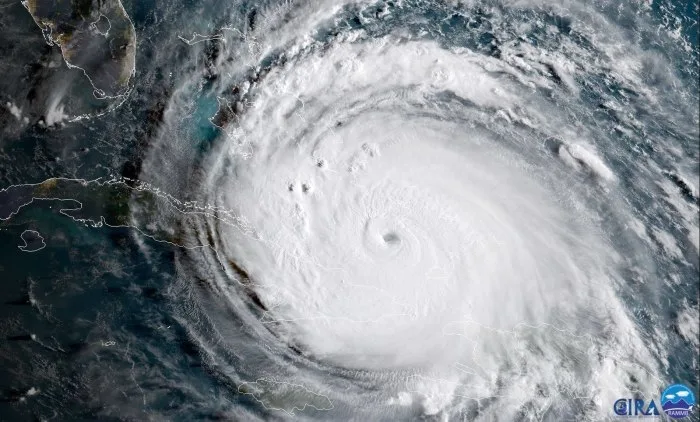
'Extremely active' hurricane season possible for Atlantic Basin
The Atlantic hurricane season, which has already been record-setting, could be 'extremely active' and may feature five major storms, say forecasters.
In what has already been a record-setting Atlantic hurricane season, forecasters with National Oceanic and Atmospheric Administration (NOAA)'s Climate Prediction Center are hinting at the lively trend continuing for the duration of the season.
On Wednesday, the agency released its yearly August update on the Atlantic hurricane season, stating atmospheric and oceanic conditions are primed to fuel storm development, which may result in an “extremely active” season.
The revised outlook calls for 19-25 named storms with winds of 63 km/h or greater, of which 7-11 will become hurricanes that boast winds of 119 km/h or higher, including 3-6 achieving major status with winds of at least 178 km/h. The update covers the entire six-month hurricane season, which ends Nov. 30, and includes the nine named storms so far.
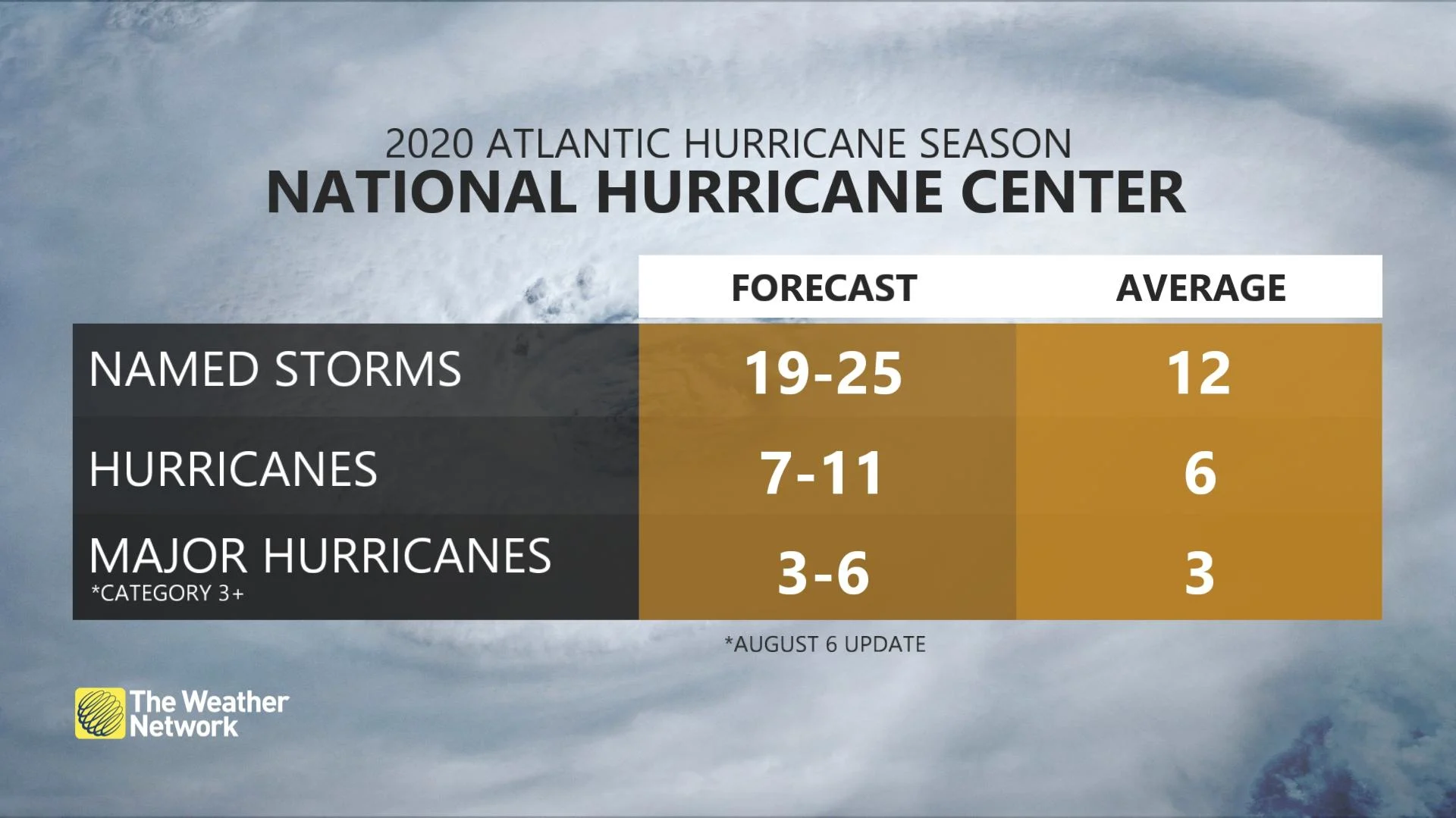
The 2020 Atlantic season kicked into high gear from the get-go, with a record-setting nine named storms so far, potentially becoming one of the busiest on record.
Only two named storms form on average by early August and a ninth doesn't typically develop until around Oct. 4. An average season produces 12 named storms, including six hurricanes, of which three reach major status (categories 3-5).
“This is one of the most active seasonal forecasts that NOAA has produced in its 22-year history of hurricane outlooks. NOAA will continue to provide the best possible science and service to communities across the nation for the remainder of hurricane season to ensure public readiness and safety,” said U.S. Secretary of Commerce Wilbur Ross, in a news release.
85 PER CENT CHANCE OF ABOVE-NORMAL SEASON
Based on the Accumulated Cyclone Energy (ACE) index, which measures the combined intensity and duration of all named storms during the season, and taking into account for the number of named storms already, the likelihood of an above-normal Atlantic hurricane season has increased to 85 per cent. There is only a 10 per cent chance of a near-normal season and a 5 per cent chance of a below-normal season.
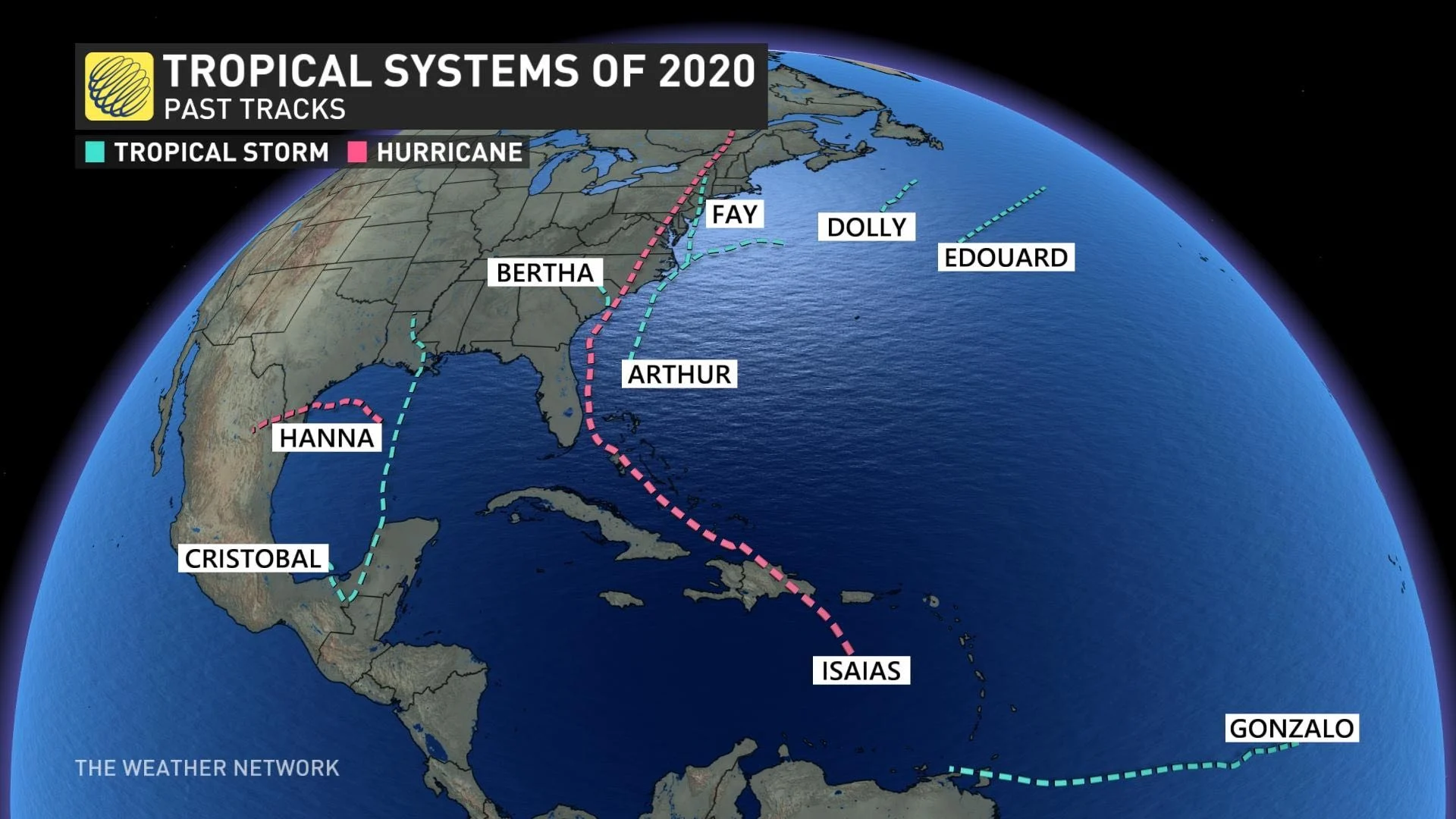
“This year, we expect more stronger, and longer-lived storms than average, and our predicted ACE range extends well above NOAA’s threshold for an extremely active season,” said Gerry Bell, lead seasonal hurricane forecaster at NOAA’s Climate Prediction Center.
Current oceanic and atmospheric conditions that contribute to an “extremely active” hurricane season are warmer-than-average sea surface temperatures in the tropical Atlantic Ocean and Caribbean Sea, reduced vertical wind shear, weaker tropical Atlantic trade winds and an enhanced west African monsoon. These conditions are expected to continue for the next several months.
Another contributing climate factor this year is the possibility of La Nina developing in the months ahead. Indicative of cooler-than-average sea surface temperatures in the equatorial regions of the eastern Pacific Ocean, La Nina can further weaken the wind shear over the Atlantic Basin, allowing storms to develop and intensify.
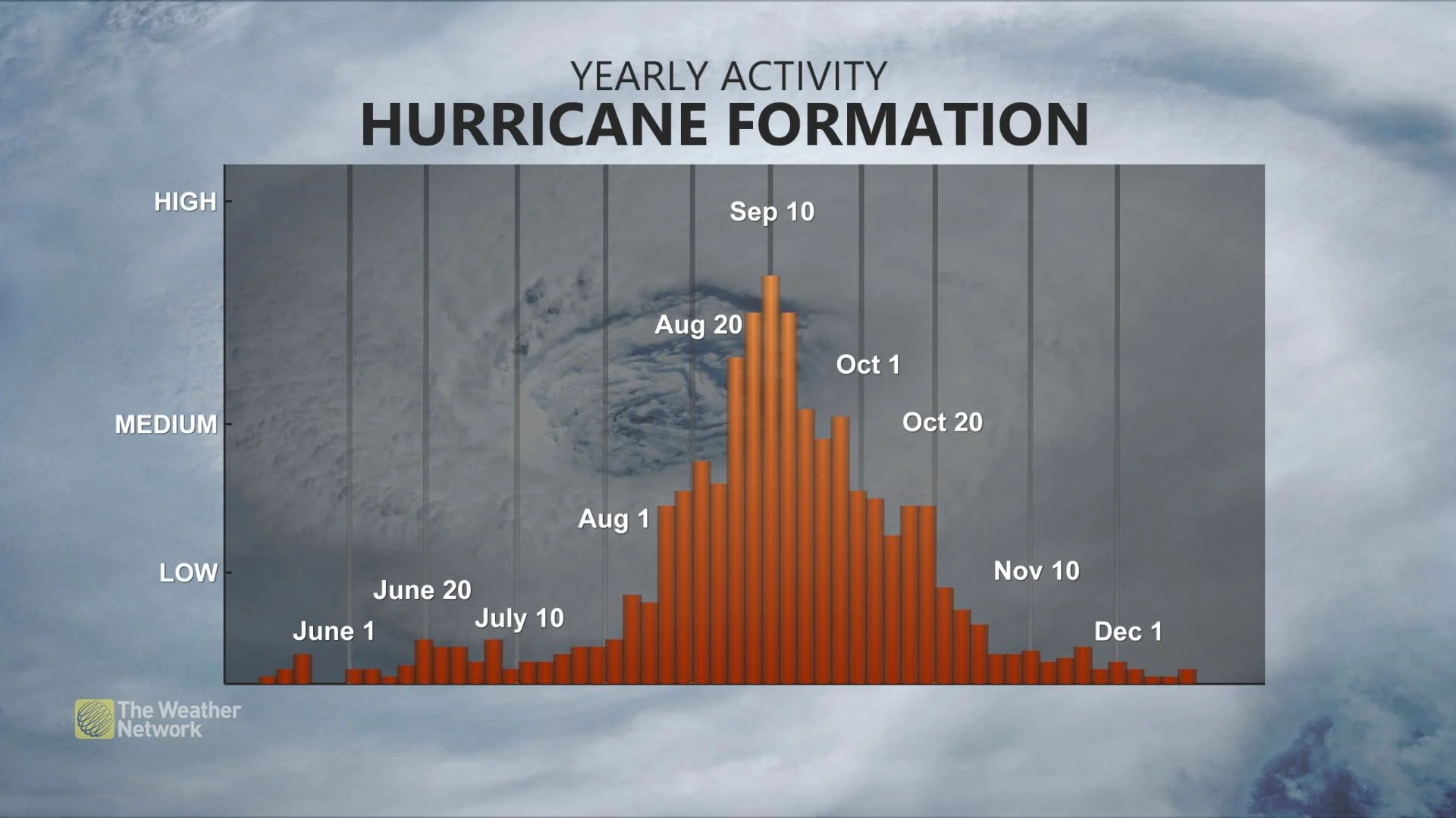
It should be noted that NOAA’s hurricane season outlook is for overall seasonal activity, and is not a landfall forecast. Landfalls are largely determined by short-term weather patterns, which are only predictable within about a week of a storm potentially reaching a coastline.
COLORADO STATE UNIVERSITY PREDICTS 5 MAJOR HURRICANES FOR REST OF SEASON
Colorado State University Tropical Meteorology Project forecasters said Wednesday they expect five major hurricanes from the 24 named storms during the remainder of the 2020 hurricane season.
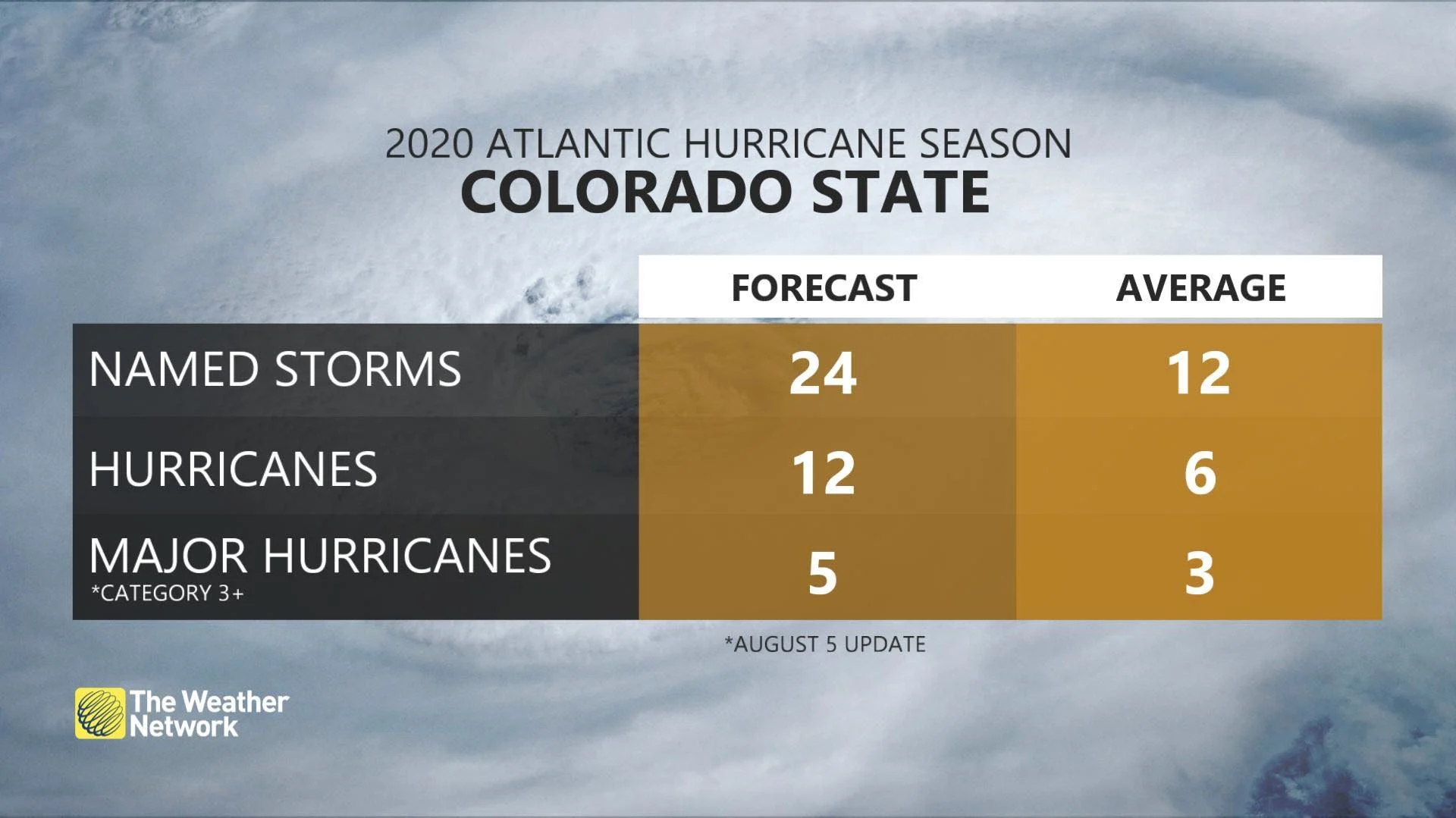
Both are increases from the latest forecast issued in early July, which predicted 4 major hurricanes and 20 named storms in the current season. The season, which began June 1, has already produced nine named storms and two hurricanes. (Reporting by Erwin Seba; Editing by Chris Reese).
With files from Reuters.
Thumbnail courtesy of Regional and Mesoscale Meteorology Branch and the Cooperative Institute for Research in the Atmosphere.







